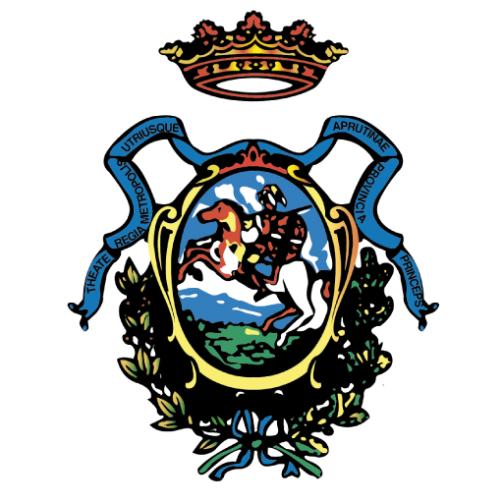Chieti represents an ideal destination for those seeking culture, history and natural beauty. Located in Abruzzo on a hillside a few kilometers from the Adriatic Riviera and the Maiella and Gran Sasso massifs, it has a history rooted in antiquity. The most popular theory about the origin of Chieti is that ancient Teate was founded by Achilles’ companions and so named in honor of the goddess Teti, his mother. The symbol of the city is in fact the Homeric hero on a prancing horse, and the municipal residence is called the Palace of Achilles. Historically, the city was the main urban center of the Italic Marrucini people. Over the centuries it has developed into a dual core, the historic part on the hill and the new part along the route of the Via Tiburtina Valeria. The city’s rich cultural offerings include the Marrucino Theater, the C. Barbella, the two National Archaeological Museums Villa Frigerj and La Civitella, and the G. D’Annunzio University with its campus.
The rite between faith and history that most represents the city is the Good Friday procession, among the oldest in Italy. The procession travels through the historic center accompanied by choir and musicians who perform the famous Miserere composed in the first half of the 18th century by Maestro di Cappella Saverio Selecchy.



